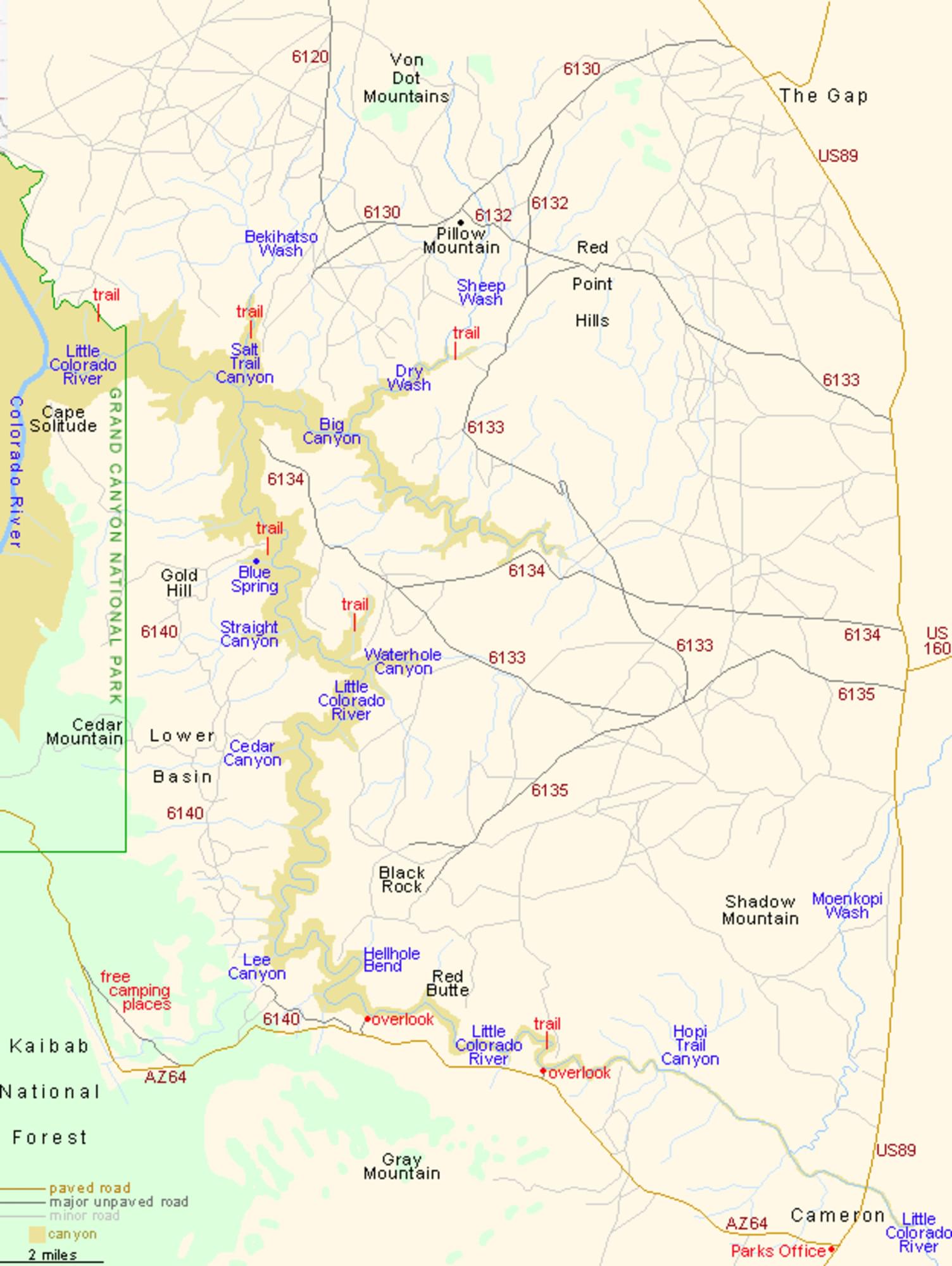Greer--Little Colorado River (north crossing)
Greer--Little Colorado River (north crossing)
Greer, Arizona 85927
Official WebsiteLittle Colorado River Official Website
Little Colorado River map
Tips for Birding
Check the map for specific sites to bird around this little town, but be aware that any spot in the area that looks like it's worth birding probably is! Breeding warblers include Red-faced, Virginia, Grace’s, MacGillivray’s, and Olive. Band-tailed Pigeons and Clark’s Nutcrackers are often seen flying overhead, while Dusky Grouse and Northern Goshawk skulk in the forest. Look also for several species of woodpeckers, American Dipper, Dusky Flycatcher, and others. Magnificent Hummingbird has been reported from area feeders in years past.
About this Location
The Little Colorado River in Greer is one of the most pristine water features in Arizona. The Little Colorado River originates from springs on Mount Baldy Peak in the White Mountains, flows through Greer, Arizona, and eventually meanders its way to the Grand Canyon. Just close your eyes and imagine a large shimmering crystal clear stream, cascading waterfall, and plunge pools surrounded by lush forests. It is such a great place to hike that many folks overlook the relaxation of fishing for trout.
About Little Colorado River
See all hotspots at Little Colorado River
Despite its name, the Little Colorado River is one of the largest tributaries of the Grand Canyon, forming a dramatic narrow gorge that stays deep and enclosed for 45 miles across the flat plains of the Painted Desert in the Navajo Indian Reservation, before becoming shallower as it approaches Cameron on US-89, so that when the highway crosses the river the cliffs are only 100 feet high and the canyon floor is wide and bushy. The cliffs recede completely a little way east, though the river extends a long distance further to its origin on the slopes of Mount Baldy near Springerville, on the way tumbling over a few cascades including 185-foot Grand Falls. These are visible for just three or four months each year, however, as the river flows only during spring and after summer monsoons; for the rest of the time, the Little Colorado and its gorge are largely dry apart from the lowest 13 miles, downstream of Blue Spring. This powerful, year-round source produces large volumes of brilliant turquoise water, the unusual color being due to the suspension of several minerals including calcium carbonate. The color is diluted, or masked entirely if the river is flowing from further upstream, after rainfall.
The deep part of the canyon can be seen in the distance from various viewpoints in Grand Canyon National Park (such as Cape Final and Naji Point), but easily accessible, close-up vantage points are limited to two overlooks of the upper gorge along AZ 64, the section between Cameron and the edge of the Coconino Plateau, where the canyon is around 800 feet deep and 800 feet wide. The more spectacular lower gorge is much harder to reach, requiring long drives across unpaved roads in the Navajo Reservation, followed by a difficult hike, however for those suitably prepared, a trip to this remote region is a great way to spend a few days.
Notable Trails
The AllTrails website describes and provides maps for their top ten hikes near Greer.
Content from Official Website, Little Colorado River Official Website, and Northern Arizona Audubon Society
